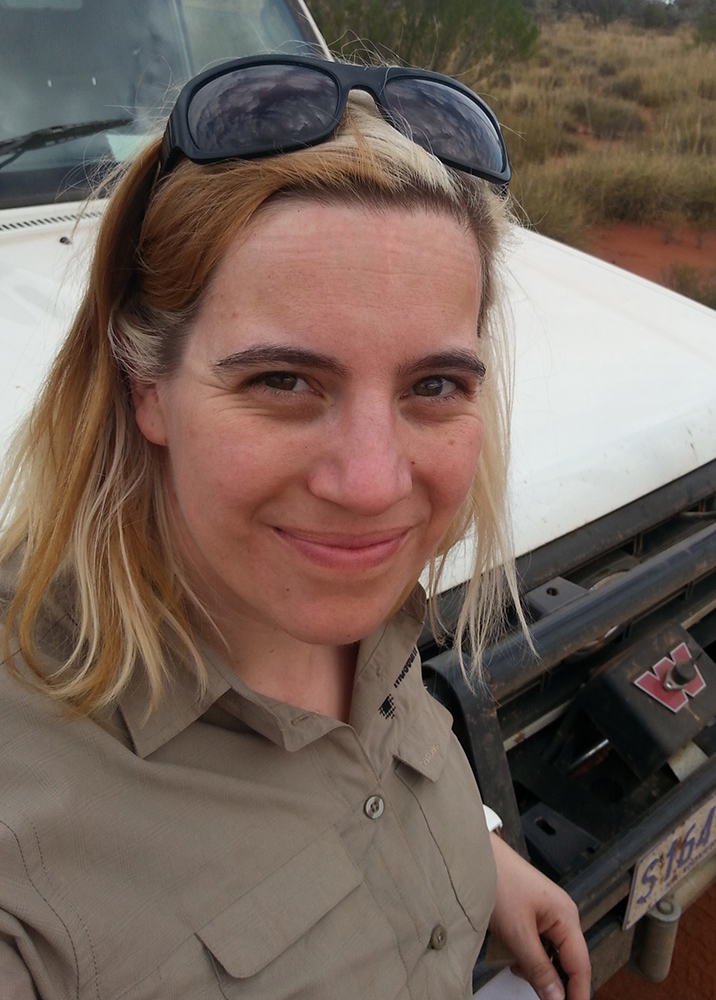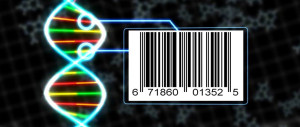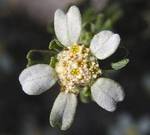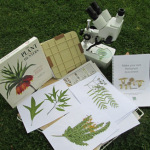Crowdsourcing the digitisation of invertebrate collections at the South Australian Museum
It’s All About the Plants
Tuesday, 5 May 2015, 10:00–12:00
Goodman Building Lecture Theatre,
adjacent to the State Herbarium of South Australia
Adelaide Botanic Garden, Hackney Road
by Alexis Tindall
South Australian Museum
![]()
New technologies have the potential to make museum and herbaria collections useful in new ways, and expose them to new audiences, but making our collections digital is a huge challenge for these organisations.
The South Australian Museum has, like many museums around the world, turned to online volunteers as one way to speed the digitisation of our collections. Alexis Tindall, Project Manager, will share her experience using the DigiVol crowdsourcing portal to digitise the museum’s marine and terrestrial invertebrate collections. She’ll talk about the benefits and opportunities of crowdsourcing, as well as the challenges they encountered along the way.
 Alexis Tindall joined the South Australian Museum in late 2010 to establish a volunteer program to digitise terrestrial invertebrate types for delivery online through the Atlas of Living Australia. Volunteers in that program create thousands of high resolution digital photographs and database records to make these taxonomically significant specimens more discoverable and accessible. Since then the digitisation project has expanded to provide images on demand to inquiring researchers for analysis and publication, exploring crowdsourcing as a method of rapid digitisation, and the development of digital products such as the Field Guide to the Fauna of South Australia app.
Alexis Tindall joined the South Australian Museum in late 2010 to establish a volunteer program to digitise terrestrial invertebrate types for delivery online through the Atlas of Living Australia. Volunteers in that program create thousands of high resolution digital photographs and database records to make these taxonomically significant specimens more discoverable and accessible. Since then the digitisation project has expanded to provide images on demand to inquiring researchers for analysis and publication, exploring crowdsourcing as a method of rapid digitisation, and the development of digital products such as the Field Guide to the Fauna of South Australia app.
All Herbarium staff, honoraries, volunteers, students and guests welcome.
Morning tea provided.

 DNA sequences have long been used to identify biological specimens. The
DNA sequences have long been used to identify biological specimens. The 

You must be logged in to post a comment.